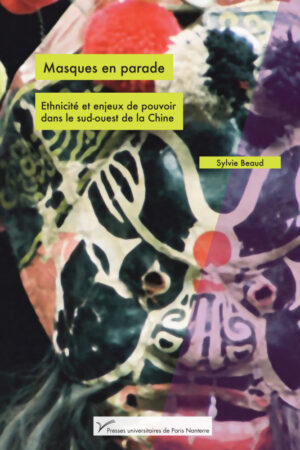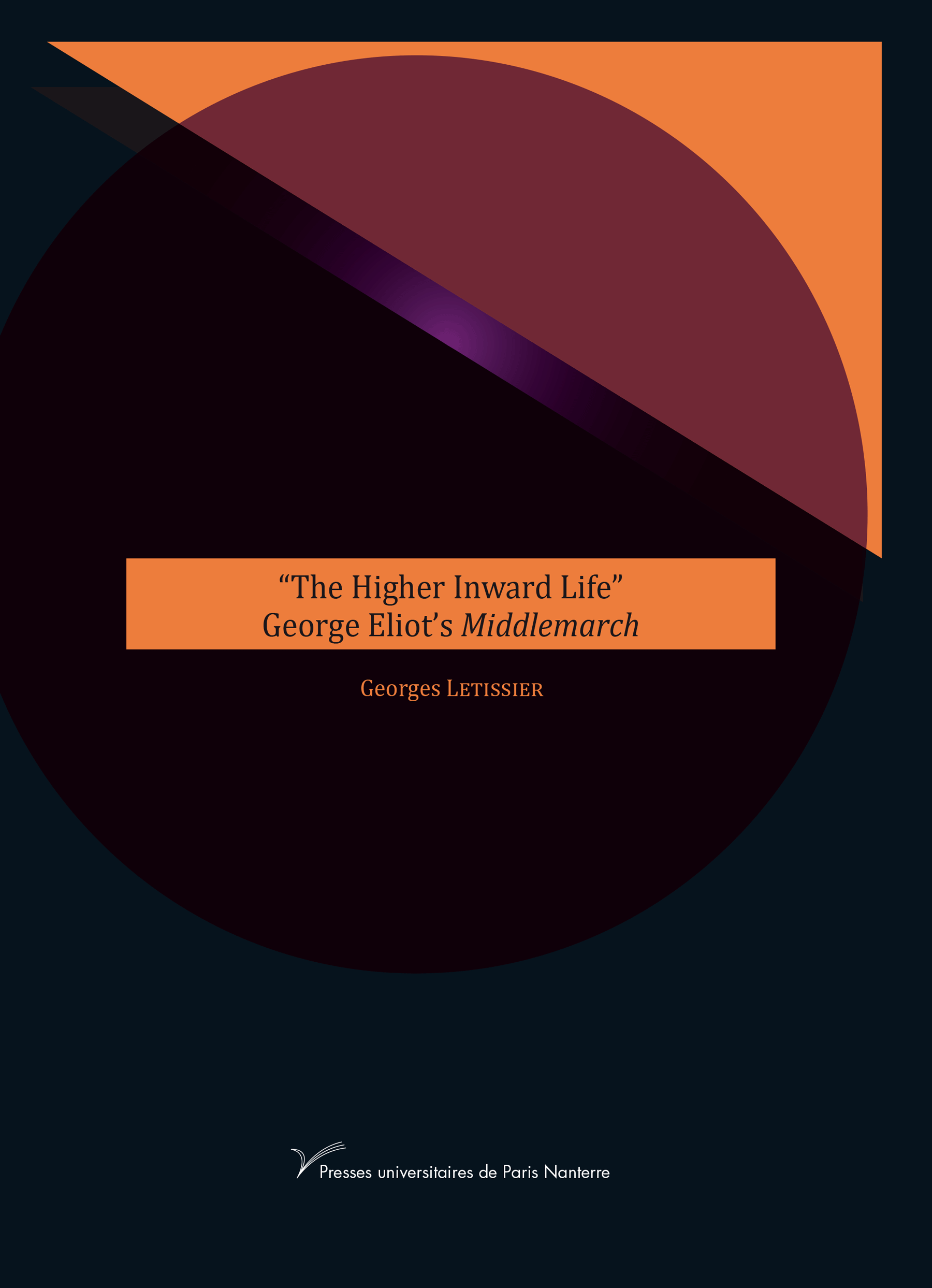« The Higher Inward Life » George Eliot’s Middlemarch
13,00 €
- Georges Letissier
- Langue anglaise
- 252 pages
- ISBN : 978-2-84016-378-7
- Date de publication : 2020
Rupture de stock
Middlemarch, roman absolu de l’époque victorienne, dont il condense les innombrables facettes. L’érudition déployée ne détourne jamais l’attention du lecteur emporté par un croisement d’intrigues à rebondissements. George Eliot confronte l’un au multiple en permanence; une communauté tissée de destins, une rumeur nourrie de voix singulières et l’obsession de l’origine unique dans le foisonnement d’un univers post-darwinien etc. Cette étude ancrée dans l’Histoire met en avant des pistes interprétatives ultra contemporaines: la chronique, la poétique des objets et l’éthique, avant de se conclure par les réécritures — After Eliot.
Informations complémentaires
| Poids | 0,366 kg |
|---|---|
| Dimensions | 17 × 23 cm |
Introduction
Chapter I
« The Higher Inward Life » (Bk. I, ch. 2, p. 21)
The genesis of a literary project
Sketchy guidelines
The quarry for Middlemarch
From the notes to the fiction
Eliot’s revisions of her manuscripts
Close analysis of some revisions in Chapter 81
Chapter II
Eliot and the Victorian novel’s generic plurality
A Humble Form: the Chronicle
Individualising plots and multiplotting
Eliot’s Middlemarch and genre criticism
The Whole and the parts: George Eliot’s « Notes on Form in Art »
Middlemarch: a « Classic Realist Text »?
Science in Middlemarch and Middlemarch as science
Chapter III
“The stealthy convergence of human lots” (Bk. I, Ch. 7, p. 61)
Prelude
Book I: Midland and Middlemarch 62
Book II: “Every limit is a beginning as well as an ending” (Finale, p. 779)
Book III: Optic and Vision
Book IV: “Interlacement” (Ch. 35, p. 314) and “interlacings” (Ch. 36, p. 325)
Chapter IV
Towards Moral Sympathy
Book V: Reverberating Echoes and Personal Integrity
Book VI: Materialism, Spiritualism and Lyricism
Book VII: Deeds Travel From Afar
Book VIII: Self-Subduing Acts of Fellowship
Finale
Chapter V
From the Woven Cloth to Multidirectional Scratches
The structural function of characters
Egoists and Altruists
Stereoscopic realism
That imagined “otherwise” (Bk. V, Ch. 47, p. 440)
The structural function of metaphors and images
The vulnerability of seeing: Convergence and divergence
Chapter VI
“The family machinery” (Bk. VIII, Ch. 84, p. 765)
Jamming the plot machinery: semi-orphans and natural child
Unlocking the past, the dark side of Middlemarch
“Family machinery” and the “natural colouring of the whole”
Law as the regulator of “family machinery”
Chapter VII
“Character too is a process and an unfolding” (Bk. II, Ch. 15, p. 140)
Methods of characterization
The choice of amplitude
The analogical method
The contrastive method
A study of provincial life: taxonomy and social clusters
How to class them?
The clerical character
Physicians, surgeons, and apothecaries
Mental “dioramas” (Bk. V, Ch. 53, p. 490)
‘“A Difficulty Deciding’” (Bk. I, Ch. 3, p. 29): characters and the science
of the mind
Secondary characters
The aesthetic angle on characterisation: paragone or interartistic battle
From painting and the plastic arts to myth-making
Theatricality
Music
Chapter VIII
“Goose and gander” (Bk. IV, Ch. 36, p. 335):
Gender and the Woman Question
A Double Temporal Frame
The Condition of Women and the Issue of Class
The “Nature of Woman”
Towards the Possibility of Gynocentric Reading
Chapter IX
“Inward colloquy” (Bk. II, Ch. 20, p. 189)
and “The town’s talk” (Bk. II, Ch. 21, p. 278)
The narrator’s voice: authoriality and versatility
Juggling with the grammar of “observation, perception and (re)presentation”
The narrator’s omnipresence
The narrator’s rhetoric
The narrator’s dialogism
“The town’s talk”
Middlemarch as dialogic, polyphonic milieu
Gossip and rumour mongering
“Inward colloquy” 228
From public speech to psycho-narration
Free indirect style
Conclusion: From Finale to Sequels
Works cited
About the author

 Masques en parade. Ethnicité et enjeux de pouvoir dans le Sud-Ouest de la Chine
Masques en parade. Ethnicité et enjeux de pouvoir dans le Sud-Ouest de la Chine 



